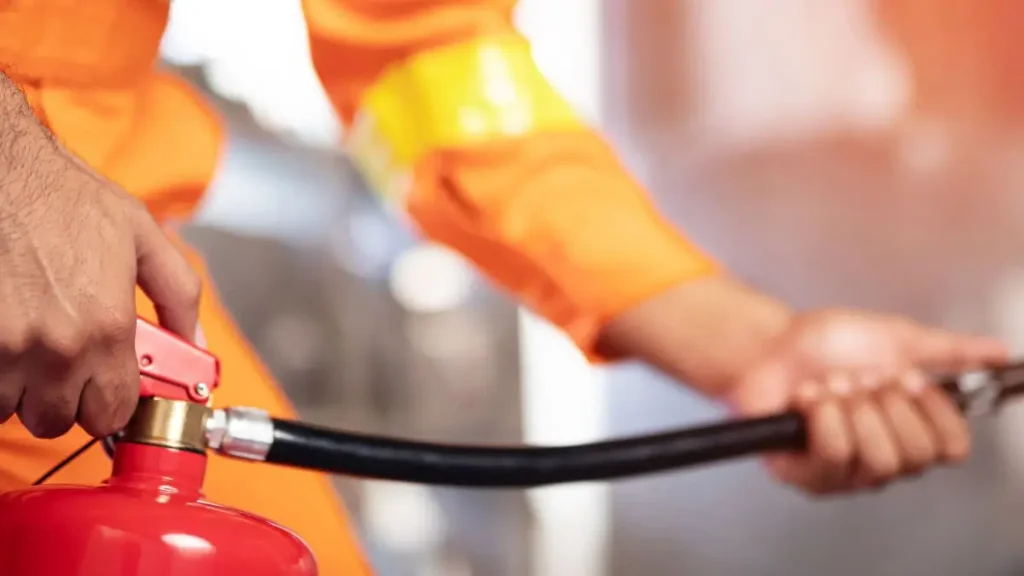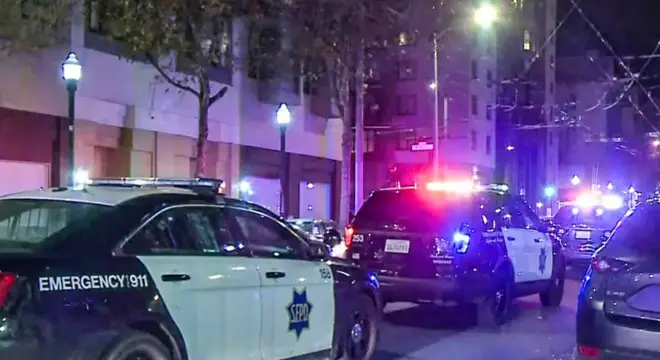Two Residents Safe After Devastating Raleigh House Fire
I still remember reading about this Raleigh house fire, and it hit me just how quickly a normal evening can turn dangerous. Around 10 p.m. on Tuesday, flames erupted at a home on the 2200 block of Lyndhurst Drive. By the time the fire crews arrived, the house was already engulfed in visible flames — a scary sight for anyone in the neighborhood.
About 35 firefighters rushed to the scene, and in roughly 20 minutes, they managed to get the fire under control. The best part? Everyone inside, including pets, got out safely. No injuries were reported, and the family will be staying with relatives, so emergency shelters weren’t needed.
What strikes me here is how fast things can escalate, yet how a quick and coordinated response can make all the difference. You don’t want to think about it happening to you, but knowing the timeline and seeing that safety is possible can actually help you prepare mentally for an emergency.
Fire Department Response & Emergency Management

When I read the WRAL report, I was struck by the speed and coordination of the Raleigh Fire Department. About 35 firefighters responded to the scene, arriving within minutes of the fire breaking out. They faced flames that were already visible from the street, a situation that could have been catastrophic if not handled quickly.
The crews worked efficiently, containing the fire in roughly 20 minutes. That’s a testament to proper training, teamwork, and preparedness. It’s also a reminder for all of us: fire emergencies are chaotic, and professional response can save lives — but your own readiness at home matters just as much.
I want you to think about your own home for a second. Do you know where your exits are? Is your smoke alarm working? Seeing how firefighters act under pressure shows you what’s at stake and why planning ahead isn’t optional.
Understanding Fire Causes: What We Know & Common Risks
Right now, officials say the exact cause of the Raleigh fire is still under investigation. That uncertainty is unsettling, but it’s also an opportunity to learn about the most common triggers of house fires.
From my experience reviewing fire safety reports, electrical issues, cooking accidents, candles, and heating equipment are the top culprits in residential fires. You might think, “That won’t happen to me,” but the truth is, anyone can experience a sudden spark.
Here’s the practical takeaway: you don’t need to live in fear, but taking preventive steps — like checking wiring, never leaving cooking unattended, and maintaining smoke detectors — can drastically reduce your risk. I always tell people, fire safety is about habits, not luck.
The Human Story: Family Impact and Community Support
Even though no one was injured, imagine what the family went through that night. Walking out of your home, unsure what you’ll find when you return, is jarring. Pets included, they had to leave everything behind — the memories, the belongings, the comfort of home.
What touched me most is how neighbors and the local community often step up in moments like this. Even simple gestures, like offering a meal or temporary shelter, make a huge difference. It reminds me that emergencies are not just about destruction — they’re about human connection, resilience, and support.
If you’ve ever faced a sudden crisis, you know how much the little things count. That’s why thinking about your own emergency plan isn’t just practical, it’s an act of care for everyone in your household.
Even though no one was injured, imagine what the family went through that night. Walking out of your home, unsure what you’ll find when you return, is jarring — just like the Cape Coral woman who had to be airlifted after a fire broke out inside her home.
Safety Lessons for Homeowners

Here’s where I want you to lean in, because this section is about things you can actually do to protect yourself. Start with the basics: working smoke alarms. Test them regularly. Replace batteries. Treat your fire extinguisher like a family member — you hope you never need it, but you’ll be glad it’s there.
Next, think about evacuation planning. Have a clear route, designate a safe meeting spot outside, and make sure pets are included. Even practicing once a month can make a huge difference if something goes wrong.
Finally, inspect your home for common hazards. Overloaded outlets, unattended candles, and old wiring are silent risks. Taking these small, actionable steps is something you can do today, not tomorrow. I can’t stress enough how much this preparation can save your life.
You can also get quick fire safety tips and updates on home emergencies delivered straight to your phone through this handy WhatsApp alert list — it’s a simple way to stay prepared.
Local Fire Trends & Raleigh Context
I’ve looked into the statistics for Wake County, and while house fires are not everyday events, they aren’t rare either. Residential fires like this Raleigh incident highlight the importance of being prepared.
Comparing to national averages, the good news is that fatalities are relatively low when people escape safely — as happened here. But the property loss and emotional toll remain significant. Understanding these trends can help you appreciate why local authorities stress prevention and quick response.
If you live in Raleigh or the surrounding area, this isn’t just a story in the news. It’s a reminder to check your own home, talk with your family about fire safety, and know your local resources. The more aware you are, the more likely you are to act quickly if the unexpected happens.
Fires can start from something as small as a malfunctioning appliance, like the Arizona home destroyed after a bathroom fan sparked a massive fire — a stark reminder to check all devices regularly.
Recovery & Next Steps
Even after the flames are out, the work isn’t over. For the family on Lyndhurst Drive, recovery means rebuilding their lives, replacing lost items, and navigating insurance and logistical challenges. While they’re staying with relatives for now, other families might need Red Cross assistance or temporary shelters.
I always tell people: thinking ahead about recovery is just as important as prevention. Knowing your insurance coverage, keeping essential documents safe, and having emergency contacts ready can save weeks of stress. It’s not glamorous, but it’s practical.
The fire investigation is ongoing, and officials like the fire marshal will determine the cause. I find it important to remember that while the “why” is crucial for prevention, the “what now” — recovery and safety planning — is what truly affects daily life.
Recovery after a house fire can be overwhelming, as seen in Jacksonville, where one man tragically died in a Moncrief house fire — highlighting the importance of emergency planning and preparation.
Key Takeaways: Fire Safety & Awareness
Here’s the bottom line: a house fire can happen to anyone, but preparation makes all the difference. Make sure your smoke alarms work, have an evacuation plan, and check for common fire hazards in your home. Include your pets in your plan — they count too.
I want you to ask yourself: if a fire started right now, would you and your family know exactly what to do? Taking a few proactive steps today can prevent panic and keep everyone safe tomorrow.
And here’s something I always do after reading about incidents like this: I share the story with friends and family, not to scare them, but to spark a conversation about safety. So tell me — have you reviewed your home’s fire plan recently?
For more stories on home safety and fire prevention, check out our Home Incidents section.
Disclaimer: The information in this article is for general informational purposes only and is based on available reports and expert guidance. It does not replace professional advice or official instructions from local authorities. Readers should always follow official safety guidelines and consult professionals for specific situations.


